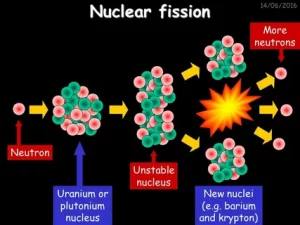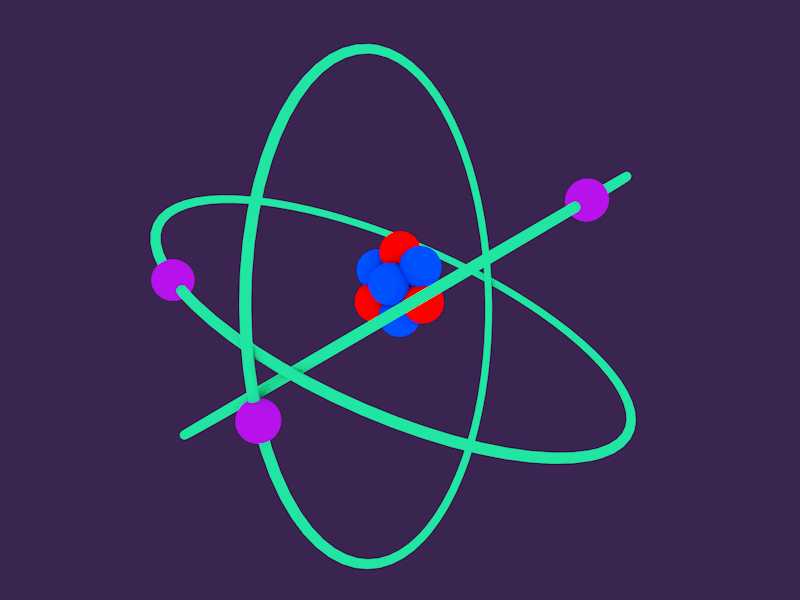In the realm of scientific inquiry, few subjects hold as much intrigue and complexity as nuclear physics. At its core, nuclear physics is the study of the fundamental building blocks of matter and the forces that govern them. From the enigmatic behavior of subatomic particles to the staggering energy unleashed in nuclear reactions, the field encompasses a vast array of phenomena that continue to captivate scientists and enthusiasts alike.
The Structure of the Atom: An Elegant Complexity
Central to our understanding of nuclear physics is the structure of the atom itself. Within every atom lies a nucleus composed of protons and neutrons, surrounded by a cloud of electrons. This elegant arrangement belies a staggering complexity, with each constituent particle playing a crucial role in determining the properties of the element.
Unraveling the Forces at Play
One of the primary pursuits of nuclear physicists is to unravel the intricate forces that bind the nucleus together. At the heart of these forces lies the strong nuclear force, which acts to overcome the repulsive forces between positively charged protons. Through meticulous experimentation and theoretical modeling, scientists have gained profound insights into the nature of these forces, shedding light on the stability and behavior of atomic nuclei.
Harnessing the Power of the Atom

The study of nuclear physics also extends beyond theoretical exploration to practical applications that have transformed the modern world. Perhaps most famously, the discovery of nuclear fission paved the way for the development of nuclear reactors and atomic bombs. Conversely, the quest for controlled nuclear fusion holds the promise of clean, abundant energy sources that could revolutionize global power generation.
Exploring the Frontiers of Nuclear Research
As our understanding of nuclear physics continues to advance, so too do the frontiers of exploration. From the search for exotic forms of matter to the quest to unlock the secrets of the early universe, nuclear physicists are at the forefront of some of the most profound questions facing humanity. Through collaboration, innovation, and sheer determination, they strive to push the boundaries of knowledge and uncover the mysteries of the cosmos.
A Journey into the Unknown
In the vast tapestry of scientific inquiry, nuclear physics stands as a testament to the human capacity for discovery and understanding. From the inner workings of the atom to the farthest reaches of the cosmos, the quest to unravel the mysteries of the universe is a journey that knows no bounds. As we continue to delve deeper into the heart of matter, we are reminded of the boundless potential of human curiosity and the remarkable insights it can yield.
Nuclear Reactions
Fusion and Fission
Nuclear reactions involve changes in the nucleus of an atom, leading to the formation of new elements and the release of energy. Fusion combines lighter nuclei to form heavier ones, while fission splits heavy nuclei into lighter fragments.
Energy Release in Nuclear Reactions
The energy released in nuclear reactions, as described by Einstein’s famous equation E=mc², powers stars, drives nuclear reactors, and holds the potential for clean, sustainable energy generation.
Nuclear Power Generation
Nuclear power plants harness the energy released from nuclear reactions to generate electricity, offering a reliable and low-carbon alternative to fossil fuels.
Medical Applications
In medicine, nuclear physics plays a vital role in diagnostic imaging techniques such as PET scans and in cancer treatments like radiation therapy, improving patient care and outcomes.
Nuclear Physics in Astrophysics
Stellar Nucleosynthesis
Inside stars, nuclear fusion processes forge elements heavier than hydrogen, such as carbon, oxygen, and iron, through stellar nucleosynthesis, shaping the chemical composition of the universe.
Supernovae and Neutron Stars
Supernovae, the explosive deaths of massive stars, and the resulting neutron stars are cosmic laboratories where nuclear processes produce elements beyond iron, including gold and uranium.
Challenges and Ethical Considerations
Nuclear Waste Management
The disposal of radioactive waste presents significant challenges, requiring long-term storage solutions to prevent environmental contamination and public health risks.
Nuclear Proliferation
The proliferation of nuclear weapons poses a threat to global security, highlighting the need for international cooperation and arms control measures.
Future Prospects and Research Areas
Fusion Energy Research
Scientists are actively pursuing the development of nuclear fusion as a sustainable energy source, aiming to replicate the fusion reactions that power the sun and stars.
Advances in Nuclear Medicine
Ongoing research in nuclear medicine focuses on improving imaging technologies, developing targeted therapies, and enhancing patient safety and efficacy.
Conclusion
In conclusion, nuclear physics offers a fascinating journey into the heart of matter, exploring the fundamental forces and processes that shape the universe. From understanding the structure of the atom to unlocking the potential of nuclear energy, this field continues to drive scientific discovery and technological innovation, shaping our understanding of the cosmos and addressing some of humanity’s most pressing challenges.




